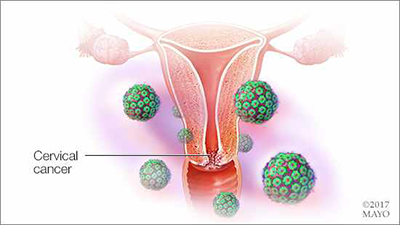Recent Posts
Ovarian cancer: Get the facts

Ovarian cancer is a common cancer among women and often is fatal in later stages of the disease. The cancer starts in the ovaries, and spreads to the abdomen and pelvis if it is not diagnosed and treated early.
Here are some important statistics to know about ovarian cancer:
- More than 60 women will be presented with a diagnosis each day.
- Roughly 270 mothers, daughters, wives and friends will be taken from our lives each week.
- 1 in 78 women have a chance of receiving an ovarian cancer diagnosis.
Detecting ovarian cancer
An important part of treatment is to detect the signs of ovarian cancer early. It often is not detected until the cancer moves into the pelvis and abdomen, which makes it more difficult to treat. An early diagnosis can improve the chances of successful treatment. If you are experiencing these symptoms, see your health care provider:
- Quickly feeling full when eating
- Abdominal bloating or swelling
- Weight loss
- Frequent need to urinate
- Changes in bowel habits
- Discomfort in the pelvic area
Ovarian cancer risk factors
 Family history of ovarian cancer and personal factors can play a role in your chances of receiving a diagnosis.
Family history of ovarian cancer and personal factors can play a role in your chances of receiving a diagnosis.
These factors could increase your risk of ovarian cancer:
- Obesity
- Genetics
- Hormone replacement therapy
- Family history
- Personal history of cancer or endometriosis
- Increasing age or reproductive history and infertility
Decreasing risk factors
While it is important to watch for symptoms, there are some factors that could decrease your risk, including:
- Oral contraceptive use
- Pregnancy and breastfeeding
- Removal of the ovaries and fallopian tubes
- Hysterectomy or tubal ligation
Ovarian cancer takes the lives of thousands of women each year. Knowing symptoms to watch for and risk factors can increase the chances of diagnosing ovarian cancer early, which can increase your chances of beating it.






